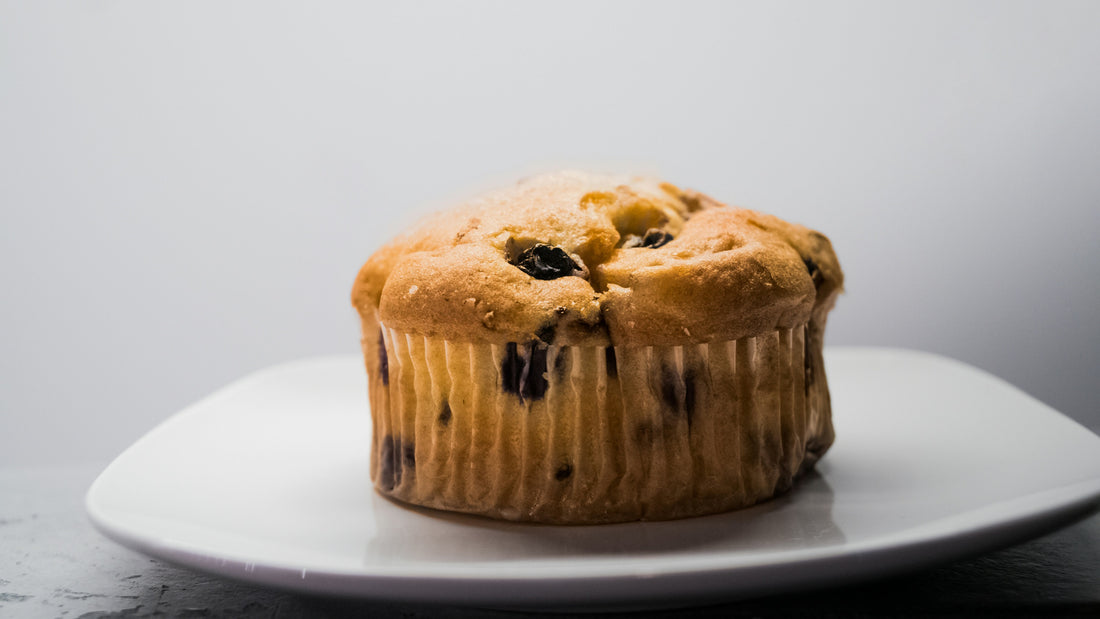
Muffin Mining
Share
Much of the technology that we enjoy in our everyday lives is due to the breakthroughs that scientists and engineers have made over the past thirty years. From cell phones to laptops and tablets, technological devices are common aspects of our daily routines, but these devices are dependent on more than just the ideas and computer codes that make them work. New materials are critical in making technology smaller and faster.
Materials science is a branch of physics that seeks to understand the properties and behaviors of materials, new and old. This includes materials modifications processing and structural modifications. There's chemistry involved, too, when researchers create new materials from elements on the periodic table.
There are many important aspects regarding the chemistry of materials research. Certain elements have unique properties that are beneficial to technology. Some of these include niobium (Nb) being used in solar panels, tantalum (Ta) being used in pacemakers, neodymium (Nd) being used to create stronger magnets, and indium (In) being used in flat screen displays like the one you are probably looking at right now.
Finding these elements on Earth is difficult, as they are not common, and mining for them may cause adverse environmental impacts. While we all benefit from the use of these elements, mining for them may be damaging to the environment.
The best place to search for these minerals is in places where there has been fresh exposure to new rocks. That is the point of mining, to expose new areas of Earth so that these elements can be found. Unfortunately, the clearing of Earth and the possible deforestation that is involved can also impact the surrounding ecosystem. The following activity will show just how damaging mining can be to the ecosystem.
For this activity you will need toothpicks, chopsticks, and a couple muffins, but not just any muffin, one that has things in it, like a blueberry muffin, chocolate chip muffin, or a banana nut muffin. Any muffin with food items in it will work. For this example, we will use a chocolate chip muffin. The muffin is going to serve as the Earth, and the chocolate chips will be the rare elements we are mining for and the toothpicks and chopsticks will be our mining equipment. We will also be mining in three stages, comparable to three major types of mining.
We will begin with the toothpicks. Using the toothpicks, and only the toothpicks, carefully dig into the muffin and begin removing the chocolate chips. Start by removing the chips you can see on the top of the muffin. This is like surface mining, removing the elements that are visible.
The next step is we will dig deeper into the muffin. Use your mining equipment to dig into the muffin, even removing the muffin top to expose more chips. This is like strip mining, where the top layer of Earth is removed to expose new elements.
The final step will be to dig into the muffin’s main body. By digging into the muffin for the remaining chips, we might destroy the muffin, but will be rewarded with valuable chocolate chips. This is just like subsurface mining, where we dig deep below the surface for more valuable elements.
At the end of this activity, we are left with several chocolate chips, but they are not pure. These chips still have muffin material connected. Likewise, when mining occurs, the elements removed are mixed with other impurities. We call this an ore because it is not pure. While the mining process has created valuable ores, in the process we have destroyed much of the muffin. Similarly, the Earth is left scarred wherever mining occurs.
You can repeat this activity using chopsticks or popsicle sticks to see how using different tools will affect the mining process.
This activity is a very fun and engaging way to demonstrate the effects of mining on our planet. If you you looking for other hands-on learning tools, check out our individual microgreen kits for students!
